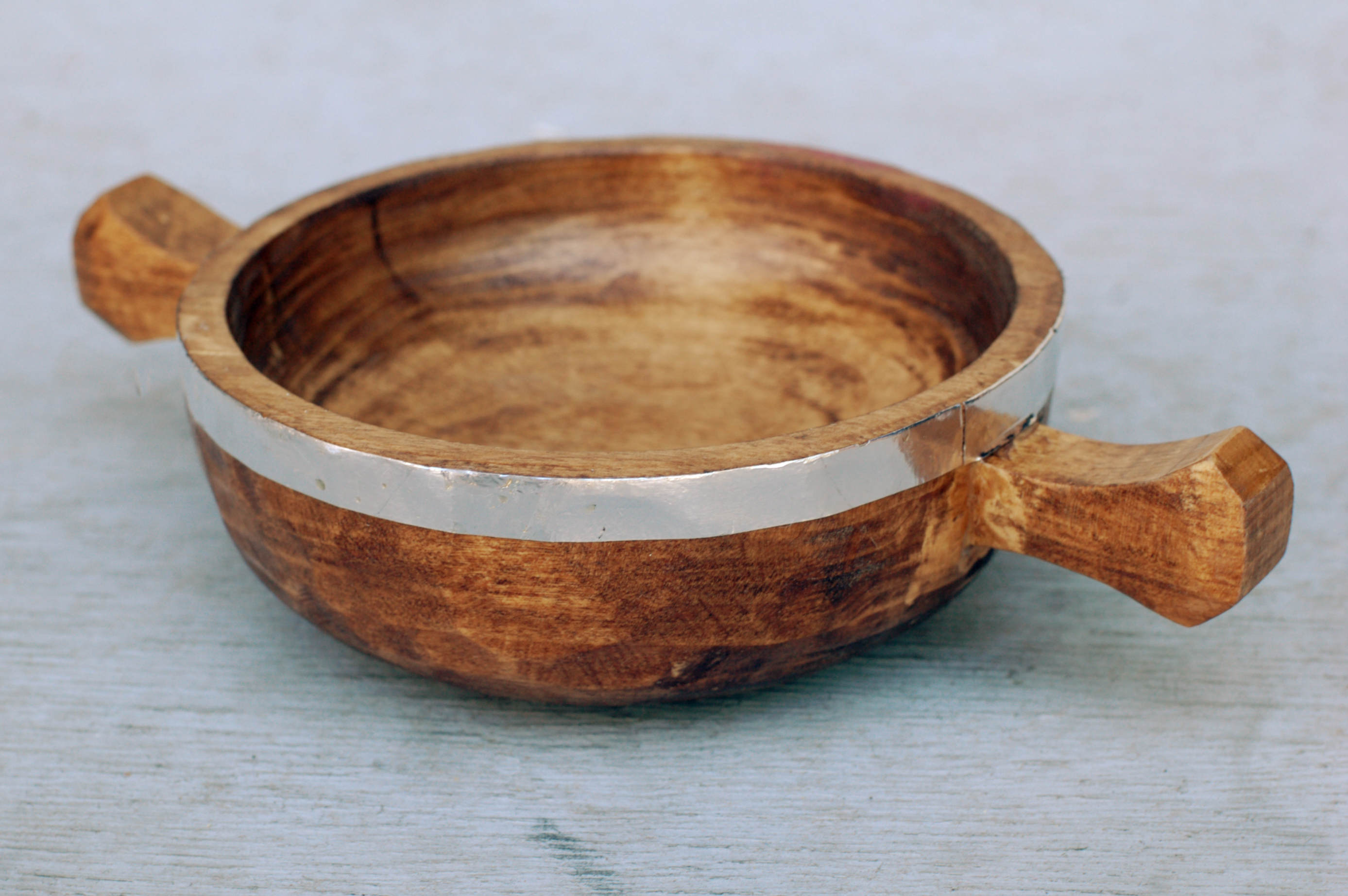One of the props I built for our production of La Donna del Lago was a quaich. A quaich is a two-handled drinking vessel from Scotland; you can find out more on the Wikipedia page, which incidentally, has the research photograph I worked from.
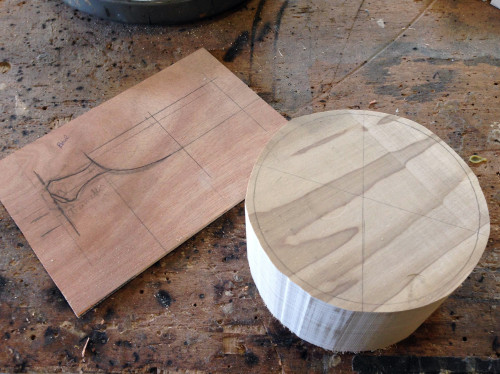
I began by adapting the research photograph to a full-scale drawing of the profile I would make. This was fit to the measurements that they wanted to use, shown to the designer, then refined some more based on his feedback. When my drawing was approved, I cut a turning blank from a piece of poplar we had laying around.
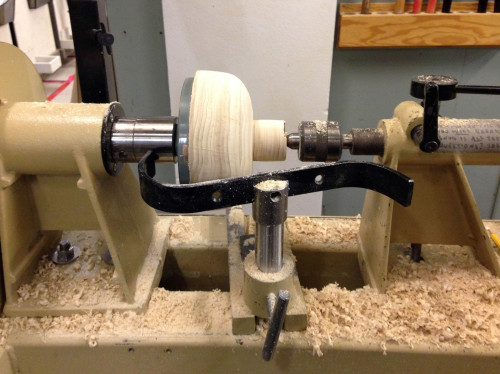
This was the first time I have ever turned a bowl on a lathe. Our lathe is not actually set up to turn on the outboard side, so I had to turn the whole bowl on the inboard side. I began by turning the profile of the outside, leaving a large foot on the bottom that I could hold on to when it came time to turn the inside.
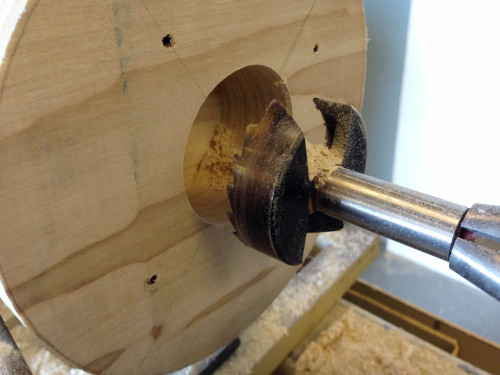
I flipped the bowl around and started hollowing out the inside. One of the other carpenters told me a trick where you first use a drill bit to remove as much of the material on the inside as you can. I grabbed the largest Forstner bit we had, stuck it in the drill bit chuck on the tailstock, and drilled out the center of my bowl.
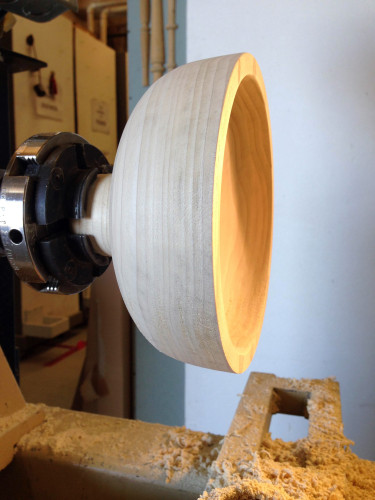
Hollowing out the rest of the center was straightforward once I got used to how the tools acted. The tricky part about turning a bowl, compared to turning spindles, is the way the grain faces. The curve brings you from face grain to end grain, so your tool cuts differently as you move along the curve.
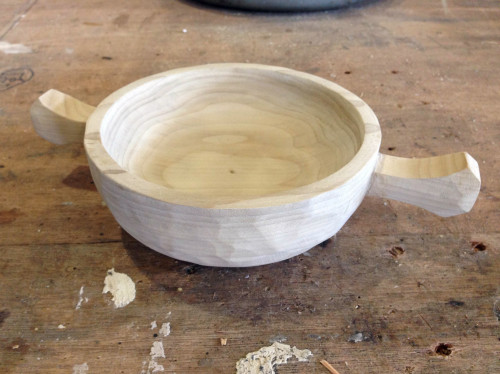
After the bowl itself was complete, I added the handles. I chiseled and Dremeled a square notch in each side of the bowl that the handles could fit into, and epoxied them in place. I also took a grinder and carved the outside so it looked like it was hand-carved with gouges.
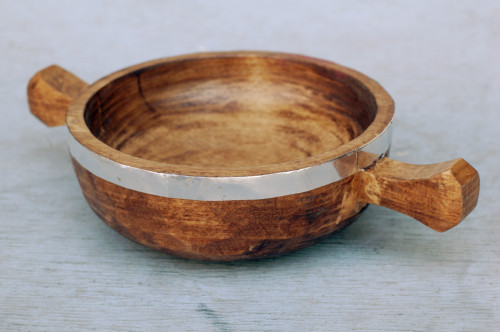
The painting and faux metal strip along the top was handled by the rest of the props team. It was sealed with a food-safe sealer since the artists drank actual liquid from it every performance. It was a simple prop, but it turned out nicely and allowed me to learn some new skills in the process.

